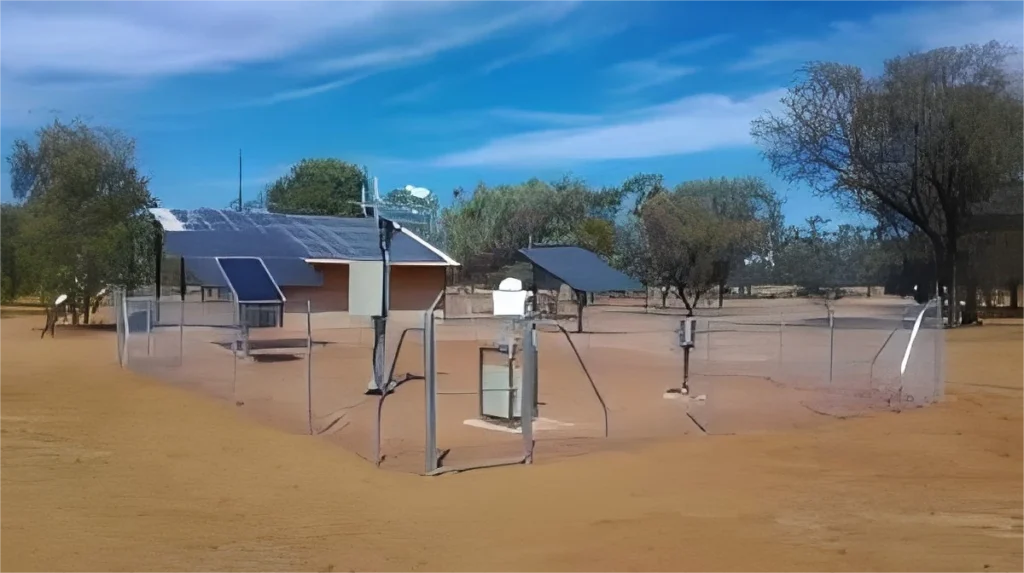
# Disadvantages of Automatic Weather Stations
Automatic Weather Stations (AWS) have revolutionized the way meteorological data is collected, offering real-time monitoring and reducing human intervention. However, despite their advantages, AWS also come with several drawbacks that can impact data accuracy, reliability, and operational efficiency. Below, we explore some of the key disadvantages of these systems.
## 1. High Initial and Maintenance Costs
One of the primary disadvantages of automatic weather stations is their high cost. Setting up an AWS requires significant investment in sensors, data loggers, communication systems, and installation. Additionally, regular maintenance, calibration, and repairs can add to the operational expenses, making it a costly solution for some organizations or regions with limited budgets.
## 2. Dependence on Power Supply
AWS rely heavily on a continuous power supply to function effectively. In remote or off-grid locations, this can be a major challenge. While some stations use solar panels or batteries, extreme weather conditions—such as prolonged cloudy days or freezing temperatures—can disrupt power availability, leading to data gaps or system failures.
## 3. Vulnerability to Environmental Damage
Automatic weather stations are often exposed to harsh environmental conditions, including heavy rain, strong winds, dust, and extreme temperatures. Over time, these factors can degrade sensors and other components, reducing the system’s accuracy and lifespan. Vandalism or wildlife interference can also pose risks in certain areas.
## 4. Limited Sensor Accuracy and Calibration Issues
While AWS sensors are designed to be precise, they are not infallible. Factors like sensor drift, contamination, or improper calibration can lead to inaccurate readings. Regular calibration is essential, but it can be time-consuming and requires technical expertise, which may not always be readily available.
## 5. Data Transmission and Connectivity Challenges
Many AWS rely on wireless or satellite communication to transmit data to central servers. In areas with poor network coverage or during severe weather events, data transmission can be interrupted, leading to incomplete or delayed datasets. This can be particularly problematic for time-sensitive applications like disaster forecasting.
## 6. Lack of Human Oversight
While automation reduces human error, it also eliminates the ability to perform real-time quality checks. Human observers can detect anomalies or inconsistencies that automated systems might miss. Without manual verification, erroneous data may go unnoticed until it affects analyses or forecasts.
## 7. Limited Flexibility for Customization
Most AWS are designed with standardized configurations, which may not suit all monitoring needs. Customizing sensors or adding new parameters can be difficult or expensive, limiting the adaptability of the system for specialized research or local requirements.
## Conclusion
Automatic weather stations offer numerous benefits, but their disadvantages—such as high costs, power dependency, environmental vulnerabilities, and data accuracy issues—should not be overlooked. Organizations considering AWS deployment must weigh these drawbacks against their specific needs and resources to ensure effective and reliable weather monitoring.
Comments are closed